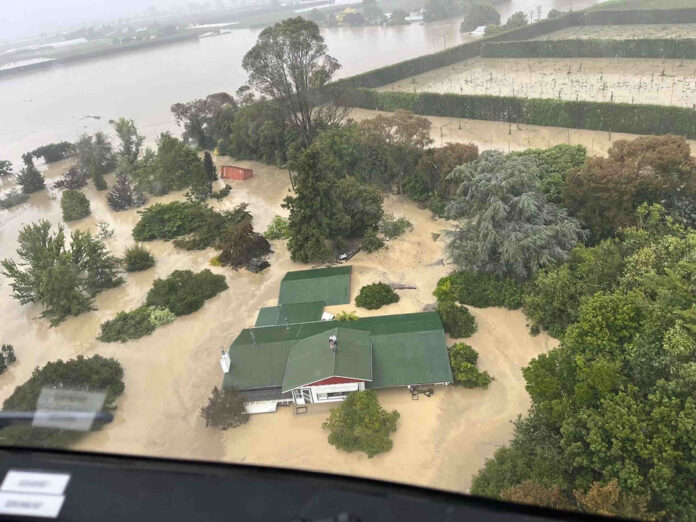A Sunshine Coast specialist firefighter has reflected on the sheer devastation he encountered in the wake of floods in New Zealand.
Inspector Cameron Herbert and senior firefighter Sean Walker, from the Maroochydore Fire Station, were part of a 26-strong group from Queensland Fire and Emergency Services that was tasked with aiding recovery efforts in February.
The members of the QFES Disaster Assistance Response Team provided assistance after severe flooding occurred on the North Island, where ex-cyclone Gabrielle caused mass destruction and left more than 10,000 people displaced.
The duo were based at Napier and visited flood sites, operating remotely piloted aircraft systems including drones – for intelligence, reconnaissance and surveillance.
Mr Herbert said he was surprised by the devastation there.
“There wasn’t a lot of news about it in Queensland, so when we got there, there was a lot more destruction than I thought there would be,” he said.
“It’s going to take many years for some people to recover.”
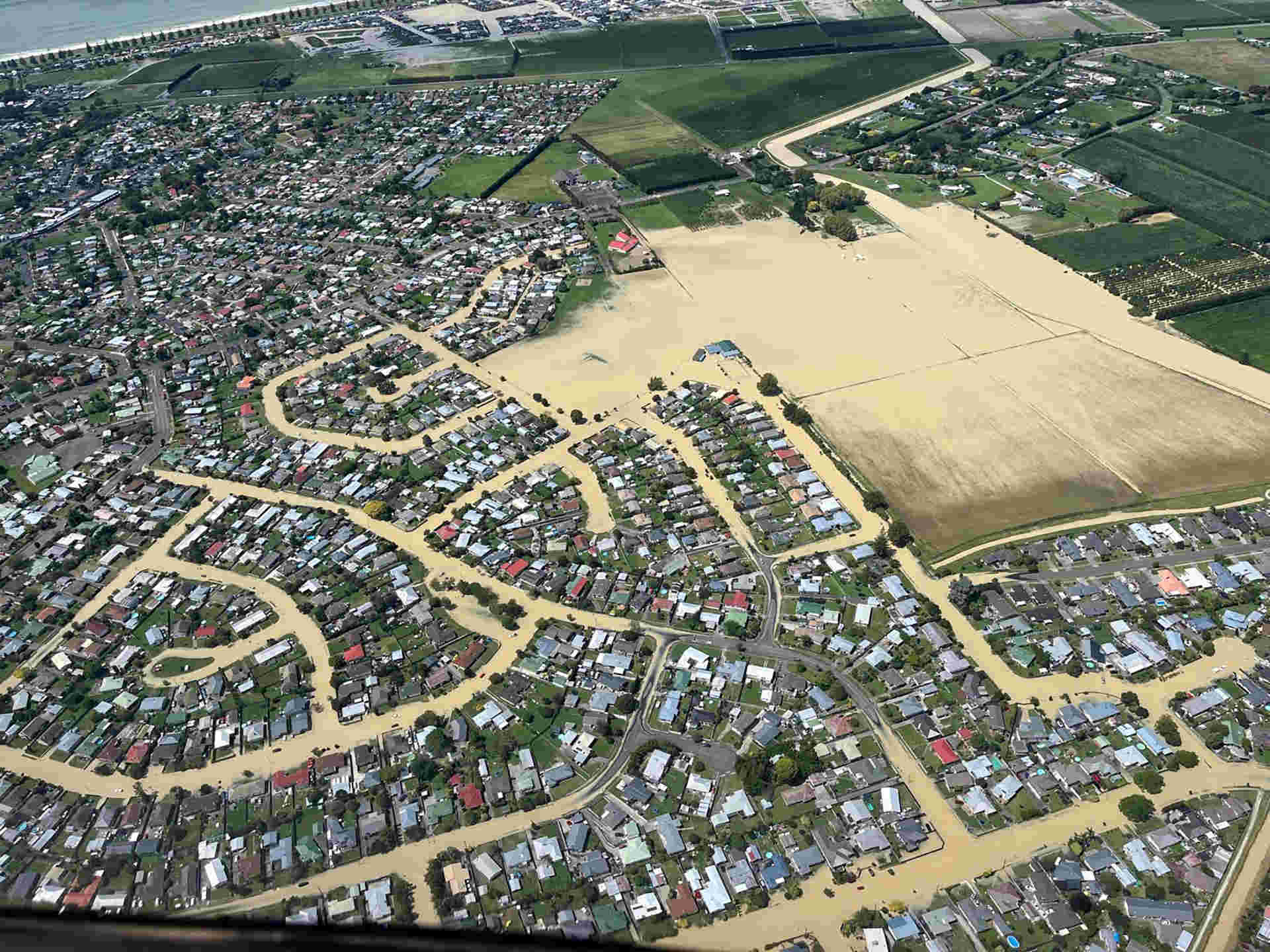
Hundreds of people required rescuing and many more lost their homes.
“It (flooding) came through unexpectedly in the middle of the night, when people were in their beds and some had to cut holes through to their roof to be rescued by helicopters,” Mr Herbert said.
He and Mr Walker were confronted by the aftermath, which included mountains of debris and mud.
“It was fairly confronting. We were in the face of it,” he said.
“There were a lot of roads washed away and towns that were isolated.”
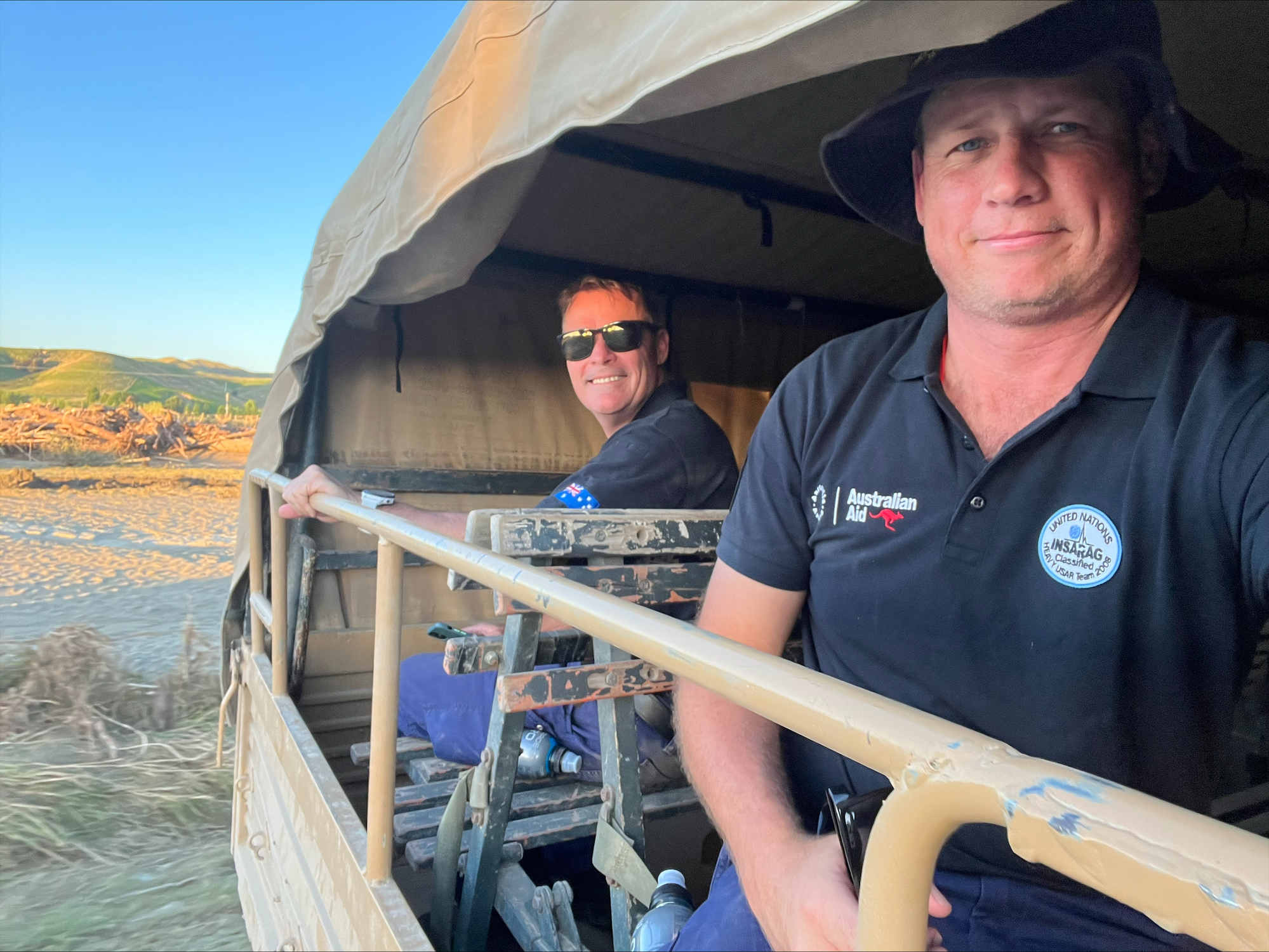
But their expertise and equipment proved valuable.
“We were able to use drones to map areas and get up-to-date footage, so councils could see what they were up against,” he said.
“We could see where there were wash-outs, and we could help navigate supply runs to isolated communities.”
Mr Herbert said the scale of damage was like what was experienced around Grantham in Queensland’s Lockyer Valley during deadly floods in 2011.
“The Esk Valley (south of Napier) had a wall of water, which had washed houses, cars and people away,” he said.
“We helped search and map the area.
“The silt from the flooding event was six to eight feet high across the valley.”
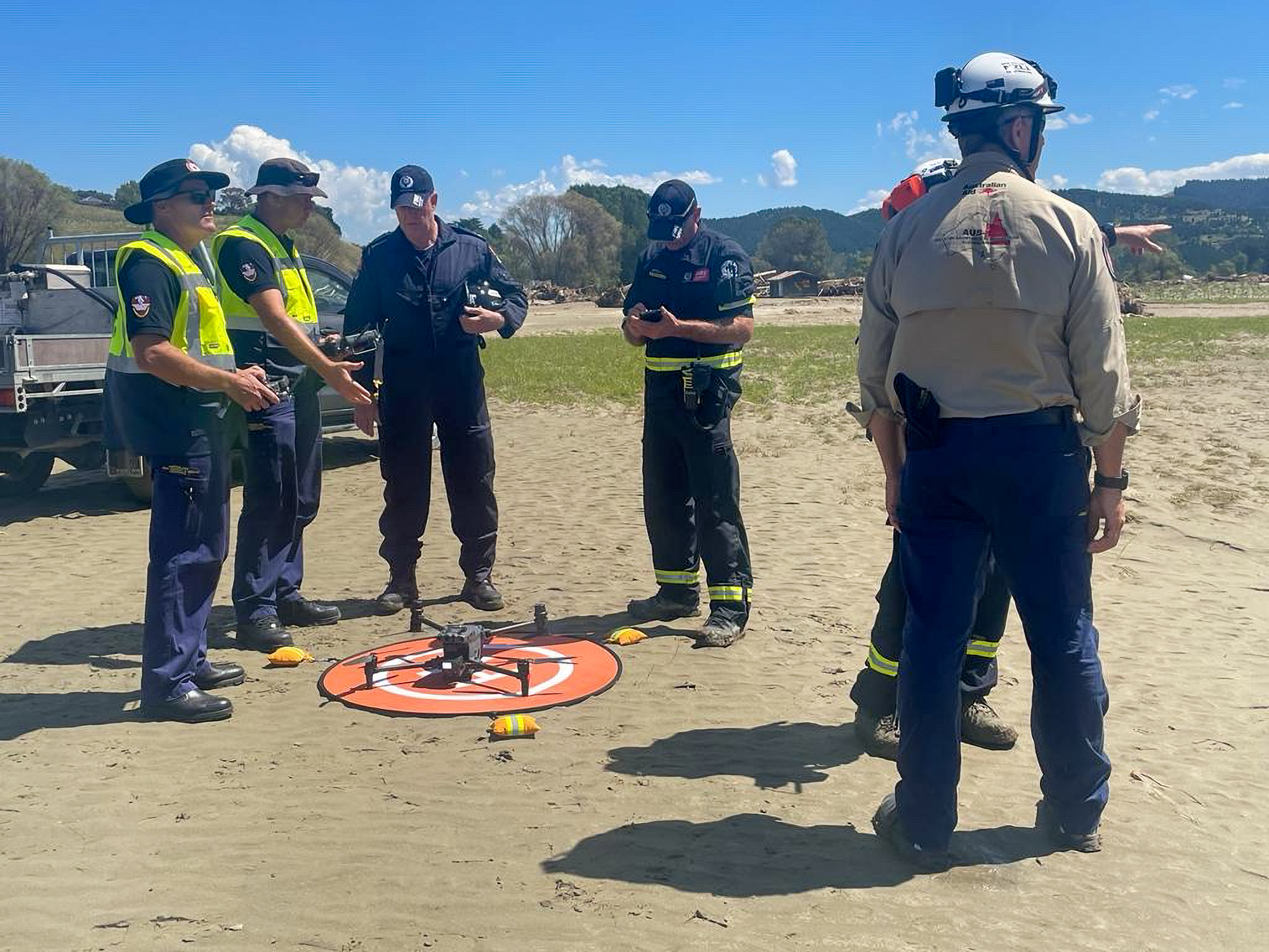
The Queensland contingent worked with Fire and Emergency New Zealand personnel.
“We assisted crews that couldn’t get to some locations,” Mr Herbert said.
“We could map an area and see how it had changed, and we would be able to say ‘okay, there was a house here and this is where it could be now’.
“So, we knew where to search and where missing people could be.”
Although the drone operators didn’t directly locate any missing people, they helped in the search and were able to rule out many areas, while providing navigation advice.
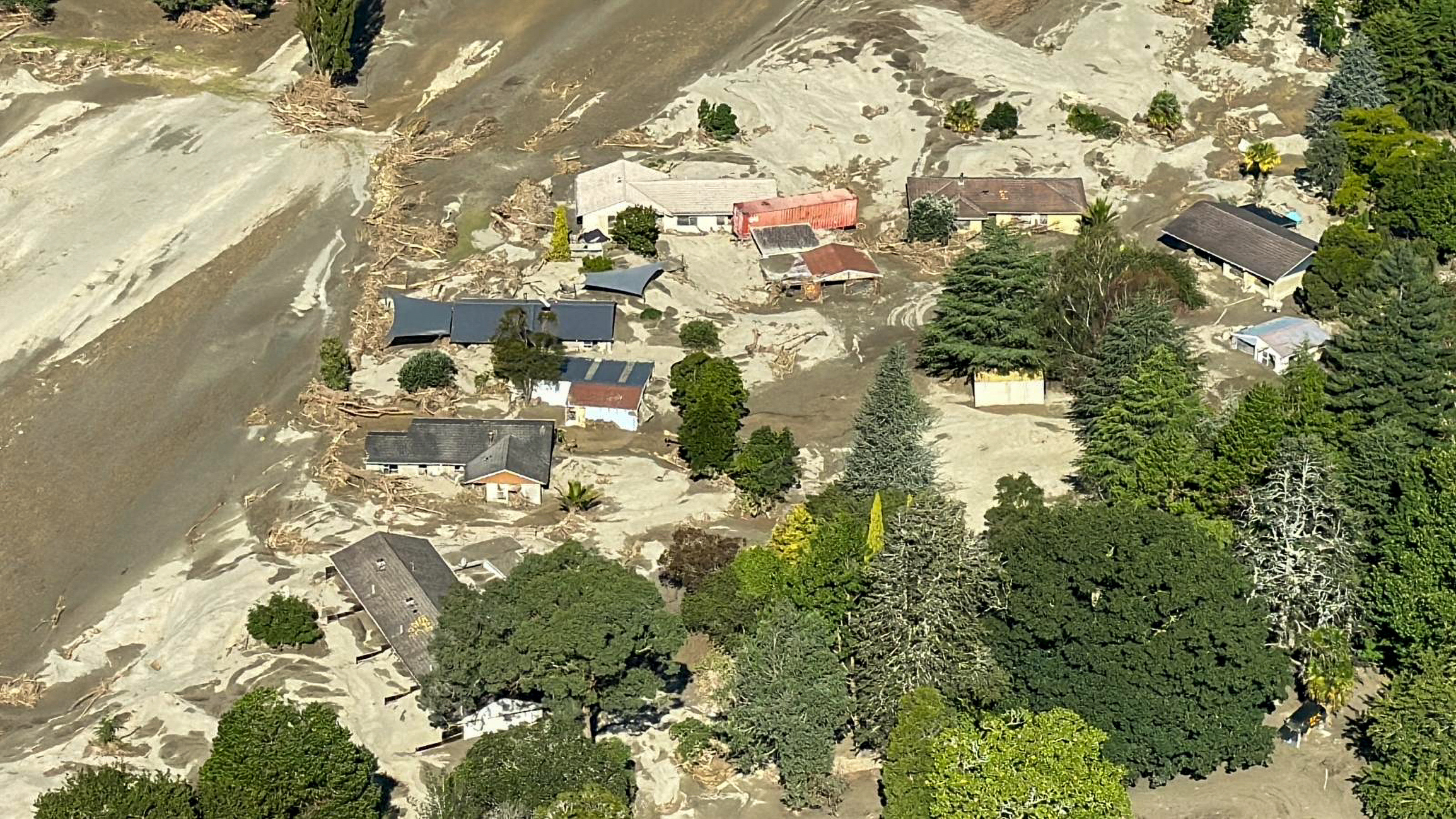
They also provided crucial information on a chemical spill in a flooded industrial area.
“We were able to get an overview of the site and could see where the chemicals were heading,” he said.
“That information went back to the control point, so they could speak to council and stakeholders and scientists, to assist with its clean-up.”
Mr Herbert said the QFES and NZ teams had formed a strong relationship.
“And now we’re sharing learnings, which is only going to help us both,” he said.
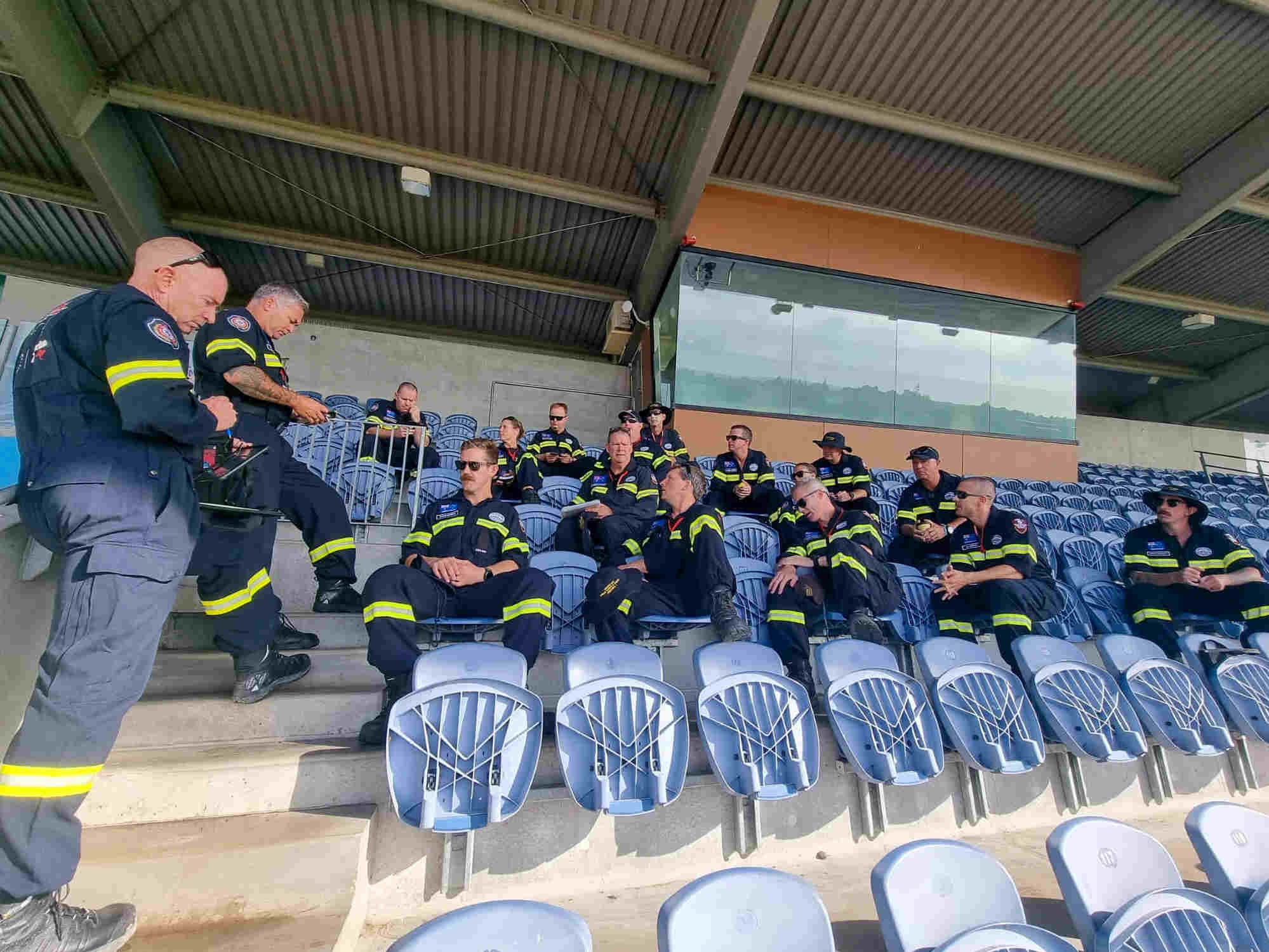
He said remote-controlled machines like drones played an ever-increasing role in disaster response and management.
They have already been used several times to help stranded hikers at the Glass House Mountains.
“It (their use) is becoming more prevalent,” he said.
“The remote pilot aircraft systems are getting more established in QFES.
“I’m organising to train more pilots so we can use them across different platforms, including for rescues, gathering intelligence for bushfires and for fire investigations, and we can send them to chemical incidents and put them inside structures that may be unsafe for firefighting personnel.
“You can get a livestream from them, so you get data in real time.
“Plus, they have thermal capabilities to search for people at night.
“The technology is getting better so it’s a capability that’s going to grow in many ways.”
Local journalists supporting local people. Help keep independent and fair Sunshine Coast news coming by subscribing to our free daily news feed. All it requires is your name and email. See SUBSCRIBE at the top of this article.


